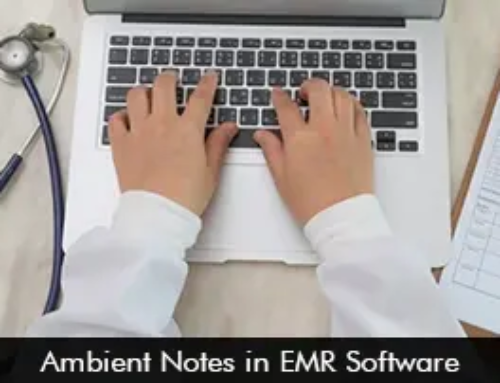We partly explain the persistent staff gaps in US healthcare by ever-increasing pressure on hospitals and other healthcare facilities. Largely, these factors have worsened the crisis by promoting burnout among nurses, aging, and increased demand for patients. This has left health facilities with few personnel and high vacancy rates that they cannot afford to compromise on the quality of care. While healthcare leaders look for answers, one of the most valuable technologies that has started to come into its own as a mechanism to offset the effects of staff deficit is Electronic Medical Records (EMR) Software.
Staff Shortages in the US Healthcare
The American Hospital Association has forecasted that by the year 2030, the USA will be critically short of 1.1 million nurses. Much concern is also owed to physician shortages; the Association of American Medical Colleges estimated the deficits in up to 124,000 doctors by 2034. They result in longer waits for patients, congestion, pressure on the remaining staff, and higher stress levels. The stress on staff to deliver higher quality standards of care as well as ensure patient safety has never been so great.
The Role of EMR Software Systems to Address Staff Shortages
EHR software provides sound strategies on how to reduce the load on overworking healthcare workers. The robust tools in EMR systems simplify clinical procedures which leaves the health care providers with a lot of time to pursue other engagements like attending to more patients. Here’s how Electronic Health Records (EHR) Software helps combat staffing issues:
Automation of Routine Tasks: Various daily activities like appointments, charting, and billing are simplified through EMR Software tools. This helps to save time for the administrators and clinicians and thus increases the ratio of patients treated per clinician and or administrator.
Enhanced Communication: Through an EHR Software platform it leads to better and efficient communication between different departments and care teams by consolidating patient-related information. This cuts time and avoids omission of important work which in turn enables faster and better decisions to be made.
Remote Patient Monitoring and Telemedicine Integration: Current Electronic Medical Records software programs accommodate RPM and telemedicine technology which enables practitioners to observe and touch base with patients from a distance. This can lower admissions within the hospital and also be beneficial in financially cutting the workload of doctors and nurses.
Moving Ahead
Since the concern over staffing shortage increases in the healthcare sector, EMR software is viewed as a significant platform for effective operation as well as improvement in the delivery of healthcare services. There are difficulties due to the scarcity of staff, but by increasing the efficiency of the tasks’ execution, communication, and the opportunity for remote care, EHR software can assist hospitals and providers in performing their work smoothly even in such conditions.








